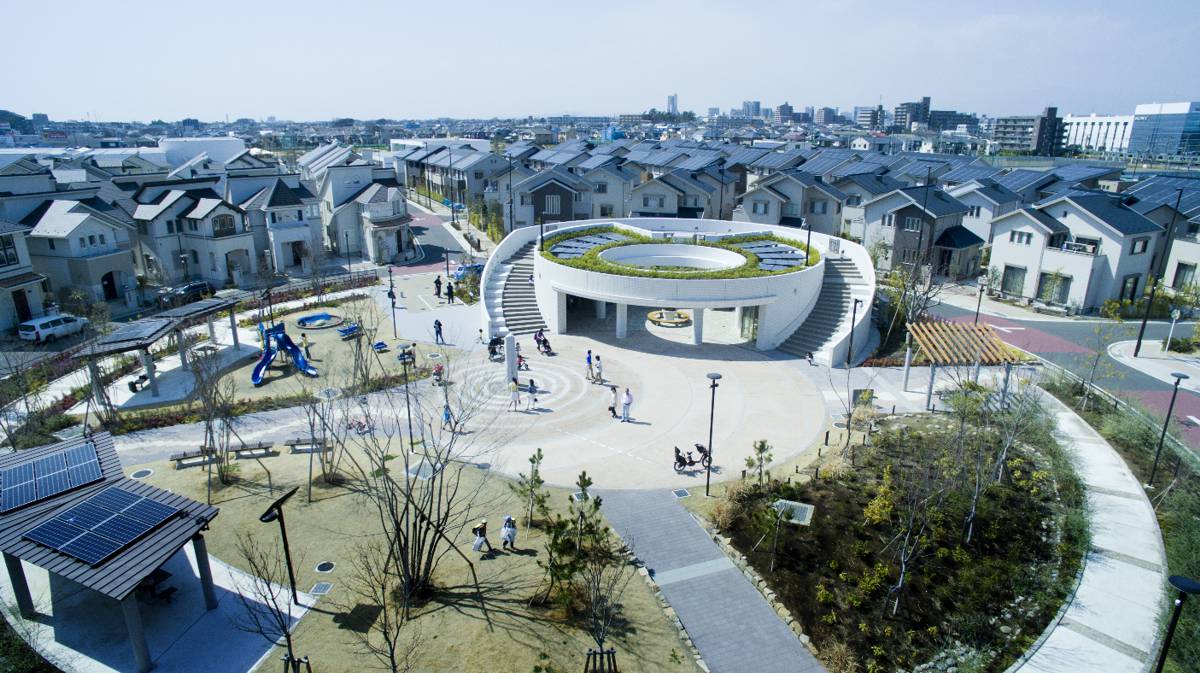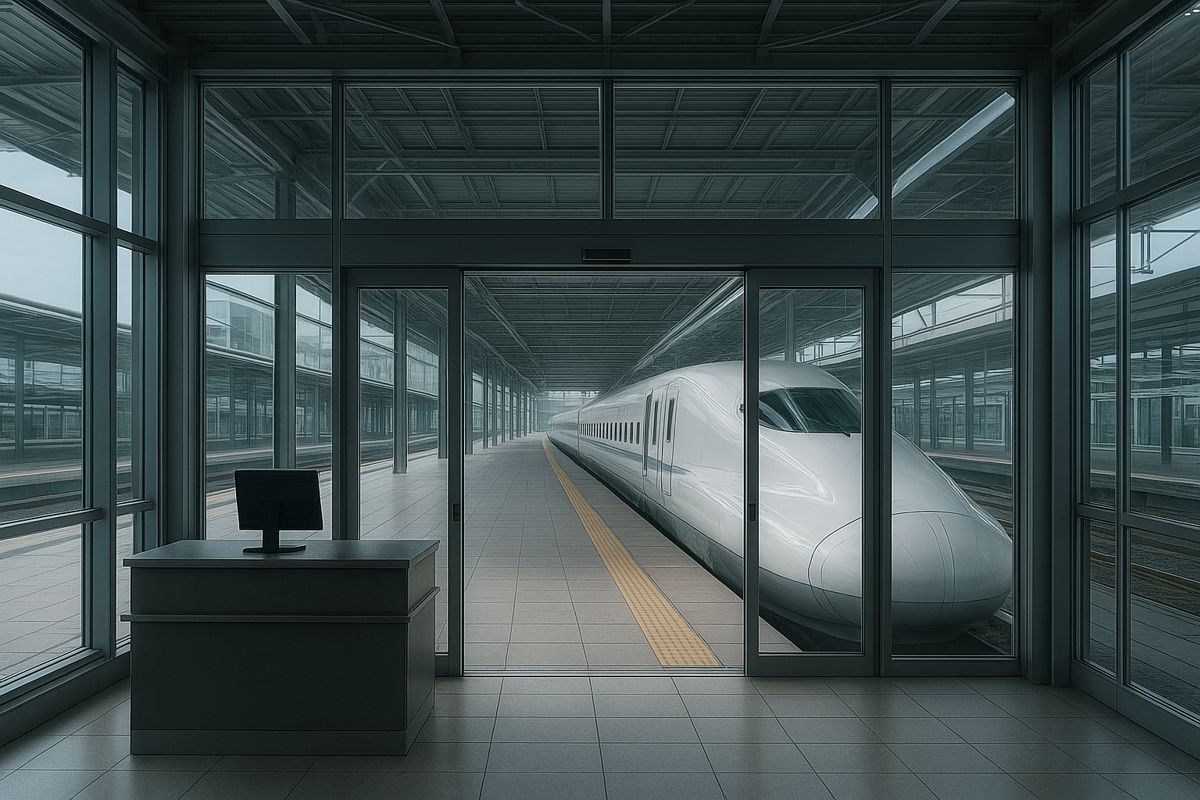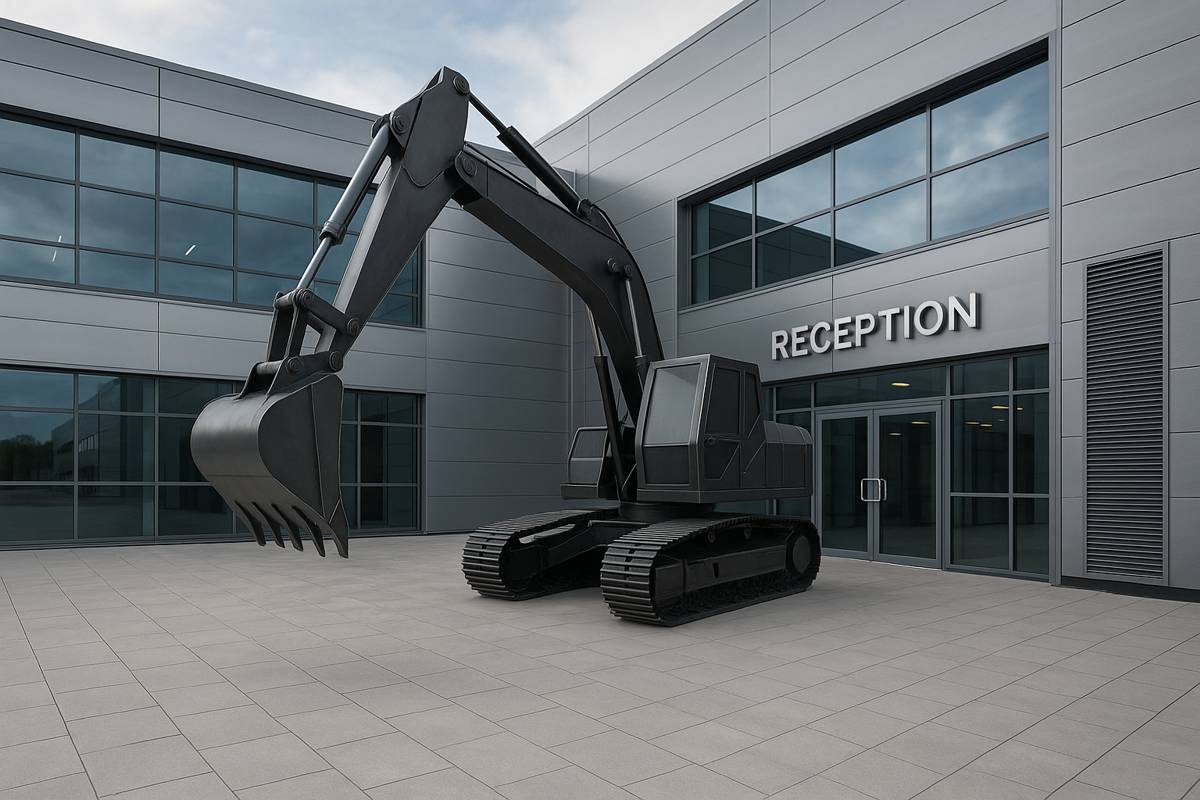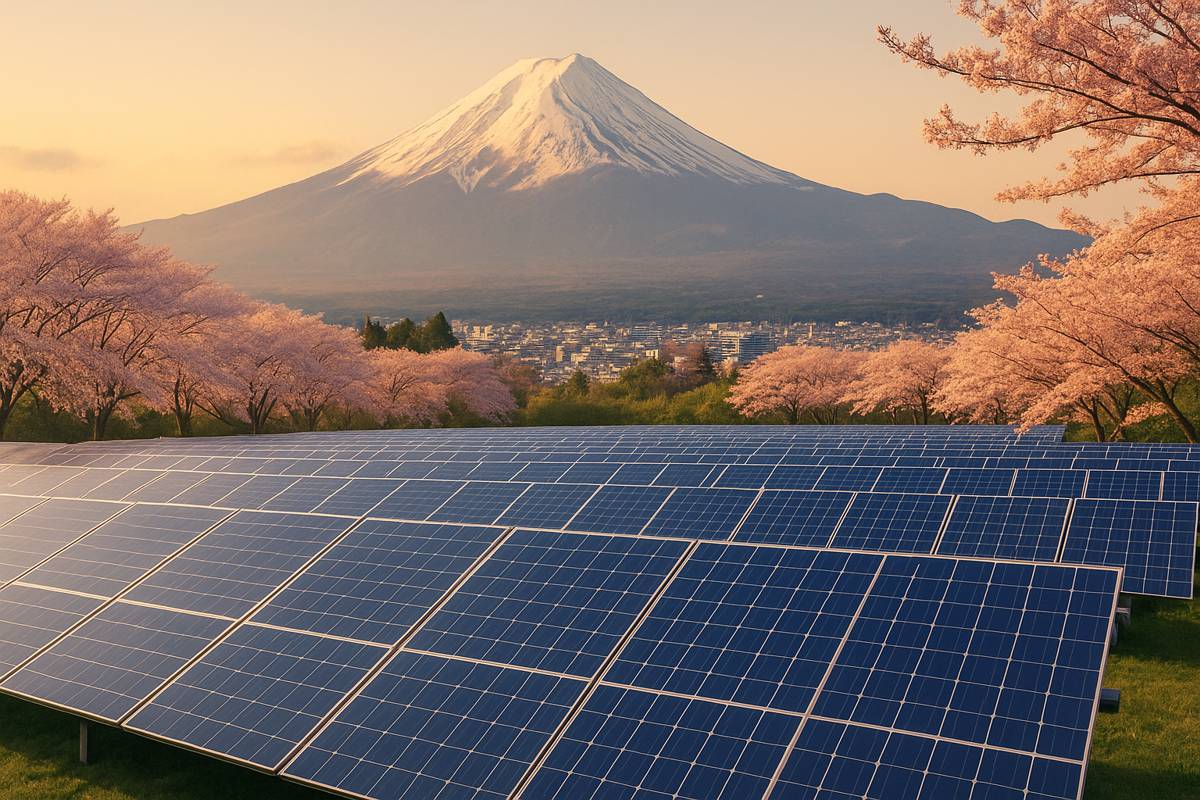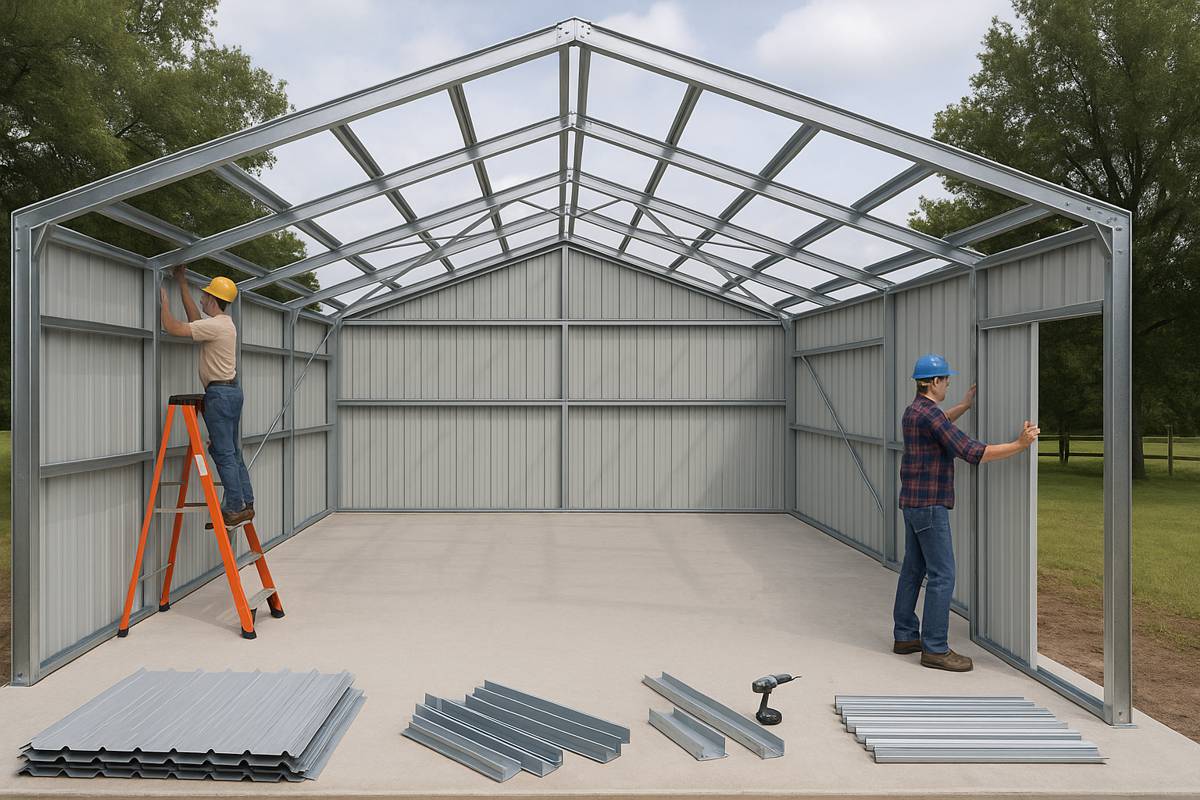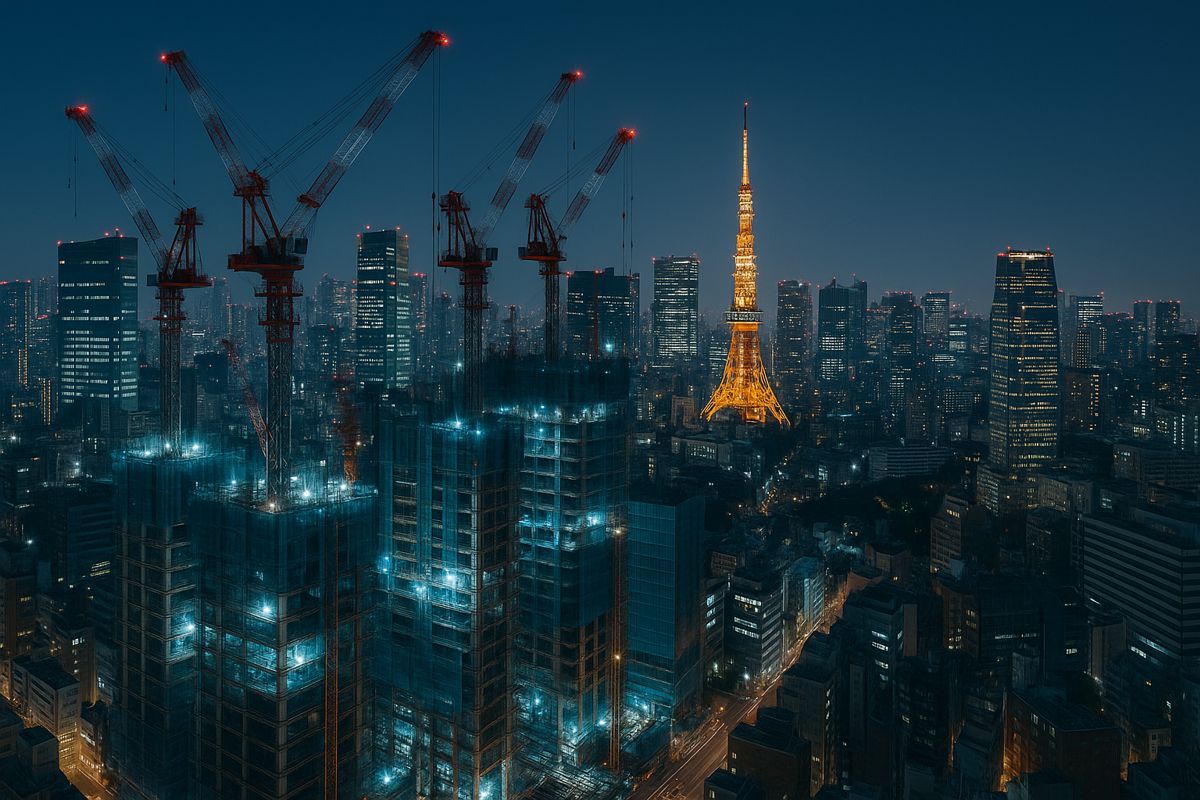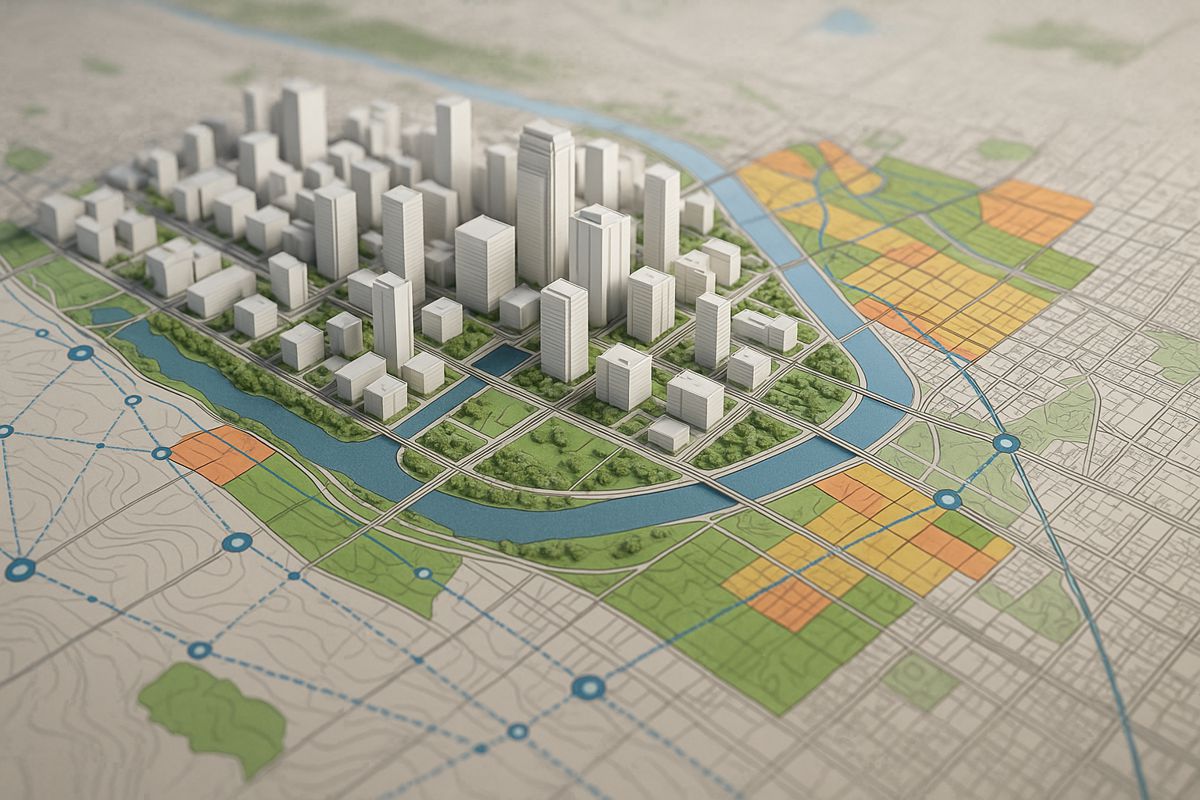Panasonic creates eco-friendly Sustainable Smart Town concept
From the air it looks like any other modern housing estate, with circles and rows of white houses grouped neatly around a central plaza. A closer look reveals that every house has solar panels on its roof. When you reach ground level, you notice the careful landscaping, the abundance of trees and the absence of utility poles.
This futuristic complex is the result of a major Panasonic initiative aimed at creating entire communities that are eco-friendly, secure and comfortable to live in. This builds on the company’s decades of experience developing and manufacturing home appliances, and, more recently, its innovations in overall home automation.
Fujisawa SST, located around 50kms south of Tokyo near the town of the same name, is the first of three such communities to get off the ground in Japan. Reflecting Panasonic’s focus on sustainability and the re-use of resources, it was built on the site of a disused former manufacturing facility. Construction commenced in 2012 and the first residents moved in during 2014. It is now a bustling community, home to 600 households.
The Fujisawa SST has five main concepts that set it apart from regular new housing developments. The first of these is its prioritization of the efficient use of energy.
The community aims as far as possible to produce its own energy; extensive use is made of solar power and other natural energy sources. It actively engages and motivates its residents to waste as little of it as possible; all of them have access to apps that display their consumption levels and provide tips on how to reduce these. A special electrical storage facility is capable of supplying the entire community with three days of emergency power when required.
A second focus is on the safety and security of residents. In many other countries, this means gated communities with physical barriers to entry. By contrast, Panasonic has created in Fujisawa what it calls a “Virtual Gated Town”; the environment remains open and accessible to outside visitors, but there is only a small number of entrances and these are monitored by security cameras. Individual properties are equipped with a security system allowing remote monitoring of the inside and outside of homes.
Mobility is a further service offered to residents of the Fujisawa SST community. Electric vehicles and bicycles are available for rent 24 x 7; users simply touch a special card on any available vehicle for authorization and to track their period of usage. The aim, explained a Panasonic spokesman, is to promote mobility and allow those without their own vehicle to be more active, while reducing the community’s CO2 emissions to a minimum.

While much use is made of technology to enhance the quality of life and convenience of its residents, the Fujisawa SST additionally focuses on their “wellness.” This includes the promotion of interaction between members of the community, the encouragement of inter-generational living, and other measures to combat loneliness. A centrally-located community centre called “Wellness Square” provides residents with healthcare, a day-care facility and educational offerings. Individual homes are equipped with a variety of discrete health monitoring devices.
The final area of focus is community creation. Panasonic believes an additional key feature of the Sustainable Smart Towns is the nurturing of the kinds of connections between people that sustained communities in the past. The layout of streets and facilities is designed to encourage interaction among residents, and a smart “community platform” accessible by smartphones, tablets or TVs provides one-stop access to information on all community facilities. It also provides a “bulletin board” allowing residents to express opinions or make suggestions for improvements in the community – and provides connectivity and support in the case of a natural disaster.
The development of Fujisawa Sustainable Smart Town is a major undertaking, and Panasonic has enlisted the support of the local government, business partners and local residents in its creation. The business partners include utility companies and leading firms in the fields of real estate development, architecture and housebuilding, all of whom subscribe to Panasonic’s vision of creating a multi-generational “100-Year Community”.
The key to its future success, says a company spokesman, is for the developers and organizers to stay close to the emerging community, to understand its changing needs, and to provide its residents with new value.
In the meantime, Panasonic is working on the creation of two additional Sustainable Smart Towns in Japan. It plans to apply the lessons it learns along the way to support regional and urban development initiatives elsewhere in the country. The company is also looking at the possibility of creating similar communities overseas!
